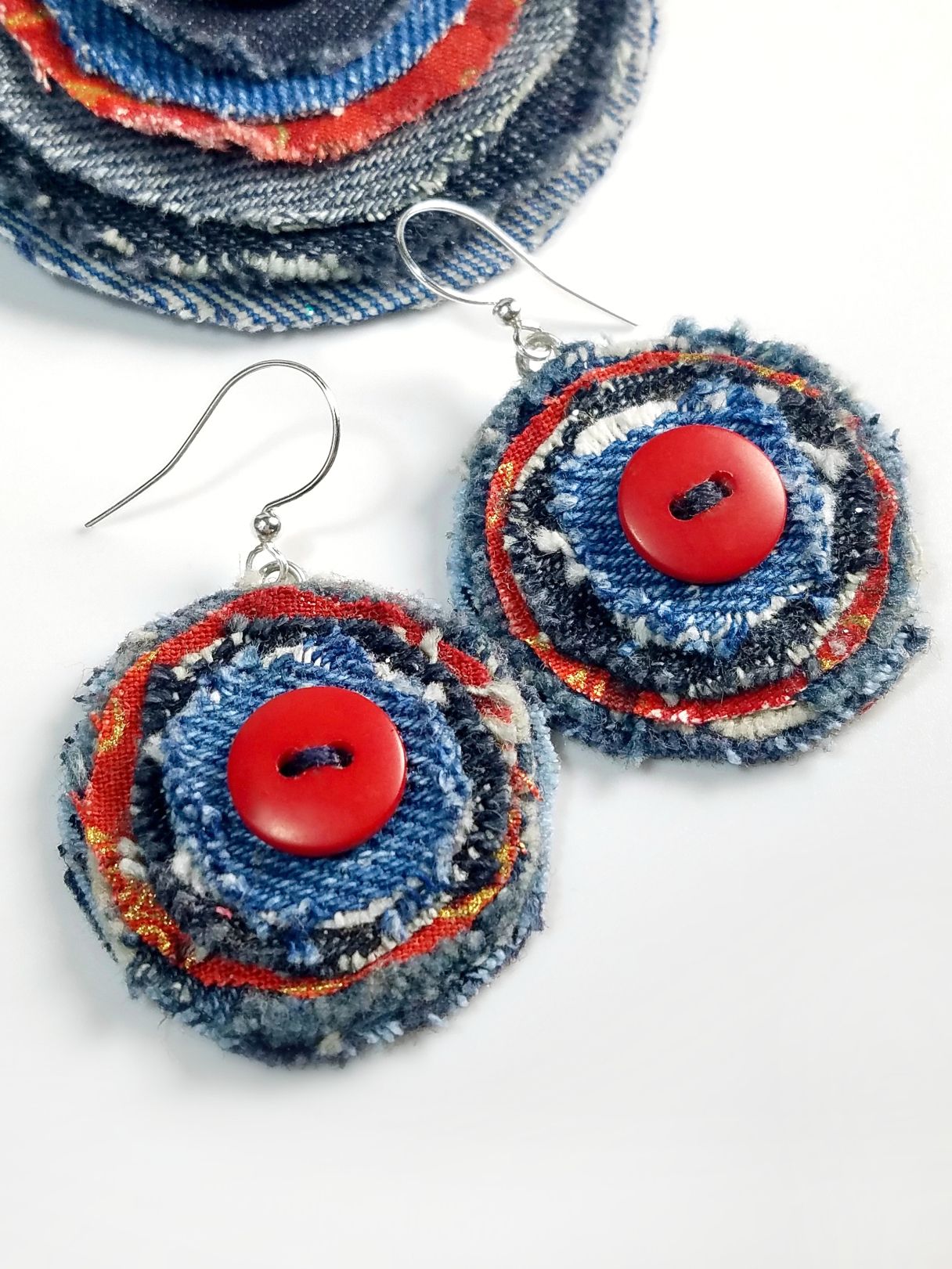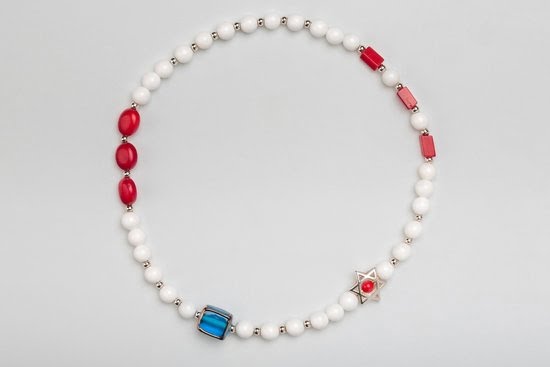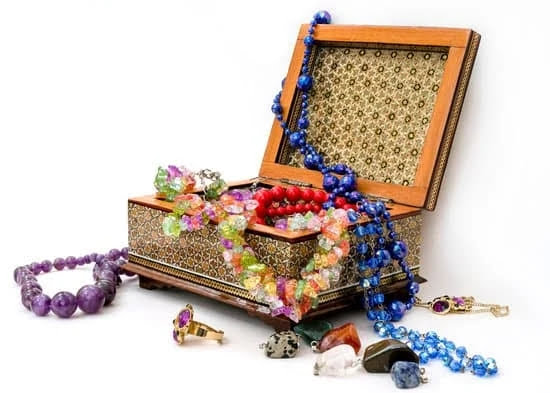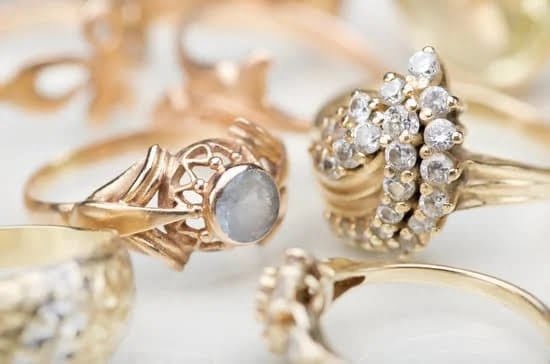The history of estate jewelry is a fascinating journey through the ages, showcasing the timeless beauty and craftsmanship of precious adornments. From ancient civilizations to the modern-day resurgence of vintage pieces, estate jewelry has captured the hearts of collectors and enthusiasts around the world. This article aims to delve into the origins, evolution, and enduring allure of estate jewelry, offering a comprehensive look at its rich history and significance.
Throughout history, estate jewelry has played a significant role in reflecting the art, culture, and fashion of various periods. From the opulence of ancient civilizations to the symbolism and sentimentality of the Victorian era, each period has left an indelible mark on the design and craftsmanship of estate jewelry. The exploration into its history not only provides insight into the evolution of jewelry design but also allows us to understand its cultural and societal relevance throughout different eras.
In this article, we will take a closer look at how estate jewelry has evolved over time, from its origins in ancient civilizations to its resurgence in modern times. We will explore how art, fashion, social norms, and historical events have influenced jewelry design and market trends.
Additionally, we will examine why vintage pieces are highly sought after in today’s market and provide insights into investing in estate jewelry. Join us as we embark on a captivating journey through the enduring allure of estate jewelry throughout history.
The Origins of Estate Jewelry
Estate jewelry holds a rich and fascinating history that dates back to ancient civilizations, where precious adornments were highly valued and worn as symbols of status and wealth. From the ancient Egyptians to the Greeks and Romans, jewelry has played an integral role in various historical cultures, reflecting their beliefs, traditions, and craftsmanship.
Ancient Egypt: The Pioneers of Fine Jewelry
The ancient Egyptians were among the earliest known civilization to embrace the art of jewelry making. Both men and women adorned themselves with intricate pieces, often crafted from gold, gems, and colorful glass beads. These pieces not only served as decorative accessories but also held symbolic significance, such as protection and spirituality. The use of hieroglyphics and motifs like the scarab beetle further added meaning to these precious adornments.
Greek and Roman Influence: Mythology and Mastery in Jewelry Making
In ancient Greece, jewelry was closely tied to mythology, with designs often depicting gods, goddesses, and mythical creatures. Intricate filigree work and the use of gemstones such as pearls, emeralds, and sapphires showcased the mastery of Greek jewelry artisans. Similarly, the Romans carried on this tradition of fine jewelry making but incorporated their own distinct style, often featuring cameos carved from materials like agate or onyx.
Asian Civilizations: Intricate Craftsmanship & Symbolism
Across Asia, civilizations such as India, China, and Persia developed their own unique styles of jewelry making. Elaborate designs featuring intricate metalwork, enameling techniques, and symbolic motifs were prominent in these cultures. In many cases, these pieces were not just ornamental but held deep cultural significance in ceremonies or rites of passage. By delving into the history of estate jewelry through these ancient civilizations’ lens we can gain a deeper appreciation for its enduring allure throughout time.
The history of estate jewelry is a tapestry woven with symbolism, artistry, and cultural influences that have shaped the way we perceive and value precious adornments today.
The Renaissance and Estate Jewelry
The Renaissance period, spanning from the 14th to the 17th century, was a pivotal time for art, culture, and jewelry design. The era saw a resurgence of interest in classical learning and an explosion of artistic creativity, both of which greatly influenced the way jewelry was crafted and adorned.
During the Renaissance, jewelry became more than just a status symbol; it became an expression of individuality and personal style. The use of symbolism in jewelry design became prevalent during this time, with motifs such as love knots, hearts, and flowers being popular choices for adornment. Furthermore, the rediscovery of ancient Roman and Greek jewelry techniques led to an increased focus on intricate metalwork and gemstone settings.
Fashion also played a significant role in shaping Renaissance-era jewelry. The rise of portrait paintings during this period showcased the extravagant clothing and accessories worn by high society individuals. This visual documentation provided insight into the type of jewelry that was fashionable at the time, leading to an emphasis on elaborate designs that complemented the lavish clothing styles of the Renaissance.
One notable aspect of Renaissance-era estate jewelry is the use of religious themes in design. With religion playing a central role in people’s lives during this period, jewelry often featured symbols such as crosses, angels, and saints to express one’s faith.
Gemstones were also imbued with meaning, with specific stones considered protective or endowed with healing properties according to prevailing beliefs. Overall, the influence of art and fashion during the Renaissance left an indelible mark on estate jewelry design that continues to fascinate collectors and enthusiasts today.
| Renaissance Jewelry Characteristics | Impact on Estate Jewelry Design |
|---|---|
| Use of religious themes | Inspired symbolic designs featuring crosses, angels, etc. |
| Intricate metalwork | Led to elaborate settings for gemstones |
| Influence from portrait paintings | Reflects lavish fashion trends in intricate designs |
The Rise of Estate Jewelry in the Victorian Era
The Victorian era was a crucial period in the history of estate jewelry, as it marked a shift towards the sentimental and symbolic significance of jewelry. During this time, Queen Victoria’s love for her husband Albert greatly influenced jewelry design, leading to the popularization of mourning jewelry and sentimental motifs. The use of gemstones with specific meanings became prevalent, with designs featuring hearts, flowers, and bows to express love and affection.
One of the most iconic styles that emerged during the Victorian era was the “acrostic” jewelry, which incorporated gemstones whose first letters spelled out romantic messages. This personalized approach to jewelry added an emotional layer to these precious pieces, making them highly valued by their owners. Additionally, the use of hair in jewelry became popular as a way to memorialize loved ones.
The Victorian era also saw advancements in jewelry craftsmanship, with detailed metalwork and intricate designs becoming highly sought after. This era’s focus on sentimentality and symbolism set the stage for estate jewelry to be not only beautiful adornments but also treasured keepsakes with deep personal meaning.
| Victorian Era Jewelry | Sentimental Symbolism |
|---|---|
| Acrostic Jewelry | Incorporation of gemstones with specific meanings |
| Mourning Jewelry | Popularization as a form of remembrance |
| Hair Jewelry | Use of hair in creating personalized and sentimental pieces |
Estate Jewelry in the Roaring Twenties
During the Roaring Twenties, estate jewelry experienced a significant shift in design and style, heavily influenced by the Art Deco movement and the rise of flapper culture. This era marked a departure from the ornate and intricate designs of previous periods, as jewelry became more streamlined, geometric, and reflective of the modernism of the time.
The influence of flappers, who rebelled against traditional notions of femininity and fashion, also played a pivotal role in shaping the aesthetics of estate jewelry during this period.
Key aspects that defined estate jewelry in the 1920s include:
- Geometric Shapes: Art Deco design principles heavily influenced estate jewelry during this time, with pieces featuring bold geometric shapes such as squares, rectangles, circles, and triangles. These designs were often complemented by vibrant gemstones such as emeralds, rubies, sapphires, and diamonds.
- Influence of Flappers: Flappers were known for their rebellious spirit and distinctive fashion choices. This influence translated to estate jewelry characterized by long pearl necklaces, tassel earrings, and cocktail rings that exuded a sense of liberation and modernity.
- Use of New Materials: In addition to traditional precious metals and gemstones, estate jewelry in the 1920s also saw an increased use of materials like platinum, lacquer, mother-of-pearl, onyx, and coral. These innovative materials added a contemporary touch to jewelry designs.
The combination of Art Deco influences and the impact of flapper culture resulted in estate jewelry that was daringly different from preceding eras. This unique aesthetic continues to captivate collectors and enthusiasts alike, making estate jewelry from the Roaring Twenties highly coveted pieces with enduring appeal in today’s market.
Estate Jewelry in the 20th Century
World War I and Art Deco
During the early 20th century, estate jewelry took a new direction due to the impact of World War I. With resources being redirected towards the war effort, jewelry design became more streamlined, geometric, and functional. This shift led to the emergence of Art Deco jewelry, characterized by bold colors, angular shapes, and a modern aesthetic. The clean lines and vibrant hues of Art Deco pieces reflected the changing attitudes and societal shifts brought on by the war.
The Great Depression and Costume Jewelry
Following the economic downturn of the Great Depression, there was a significant shift in jewelry consumption. In response to financial constraints, many individuals turned to costume jewelry as an affordable alternative to fine estate pieces. These pieces were often made with non-precious materials such as glass, plastic, and base metals. Despite their lower cost, costume jewelry still captured the spirit of the times through bold designs and creative use of materials.
Post-World War II and Retro Jewelry
The aftermath of World War II brought about another change in estate jewelry trends. As soldiers returned home from battle, there was a renewed sense of optimism and prosperity that influenced jewelry design. Retro jewelry emerged with large gemstones, intricate metalwork, and ornate motifs inspired by Hollywood glamour. This period saw a revival of romanticism in jewelry design as people sought escapism through luxurious adornments.
The 20th century marked a dynamic era for estate jewelry as it responded to historical events and evolving cultural norms. From the influence of wars on design aesthetics to changing consumer habits during economic hardships, estate jewelry continued to evolve throughout this tumultuous period in history.
The Modern-Day Resurgence of Estate Jewelry
Estate jewelry has seen a resurgence in modern times, with vintage pieces becoming highly sought after by collectors and enthusiasts alike. The allure of estate jewelry lies in its timeless elegance, unique craftsmanship, and the stories it carries from the past. This resurgence has sparked a renewed interest in the history of estate jewelry and its significance as a valuable and cherished art form.
In recent years, there has been a growing appreciation for antique and vintage jewelry as individuals seek to own pieces that are not only beautiful but also have historical significance. Vintage estate jewelry captures the essence of different time periods, offering wearers a connection to the past while making a fashion statement.
The appeal of vintage estate jewelry also lies in its exclusivity, as each piece is often one-of-a-kind or part of a limited production run from decades ago.
Additionally, the resurgence of estate jewelry can be attributed to a shift towards sustainability and ethical consumerism. As more people become conscious of environmental impact and labor practices in the fashion industry, vintage estate jewelry offers a sustainable option for those looking to adorn themselves with beautiful accessories without contributing to fast fashion or supporting unethical practices. By investing in pre-owned pieces, individuals can reduce their carbon footprint while embracing the beauty and craftsmanship of antique jewelry.
The modern-day resurgence of estate jewelry also reflects a desire for individuality and personal style. In a world inundated with mass-produced accessories, vintage pieces offer an opportunity for self-expression through distinctive designs that bring character to any ensemble.
The revival of estate jewelry speaks to a cultural appreciation for heritage, craftsmanship, and authenticity that transcends fleeting trends. As collectors and connoisseurs continue to treasure these timeless treasures, the history of estate jewelry remains relevant and celebrated in contemporary society.
Investing in Estate Jewelry
Estate jewelry holds a significant place in the world of antique accessories, and its value has only continued to increase throughout history. The market for estate jewelry is unique and often appeals to those who are captivated by the history and allure of vintage pieces. Understanding the value and market trends for antique jewelry can be a valuable tool for individuals looking to invest in these timeless treasures.
Below are some important factors to consider when investing in estate jewelry:
- Quality of Materials: Estate jewelry often features high-quality materials such as diamonds, emeralds, rubies, and sapphires set in precious metals like gold or platinum.
- Rarity and Uniqueness: Vintage pieces are often one-of-a-kind or limited in production, making them highly sought after by collectors and enthusiasts.
- Historical Significance: Pieces from specific eras, such as Victorian or Art Deco, carry historical significance and cultural value that can affect their desirability and price.
It’s important for potential investors to thoroughly research and educate themselves about the history of estate jewelry, as well as understand current market trends. With a deep understanding of the value and market for antique jewelry, investors can make informed decisions when adding estate pieces to their collection.
Overall, investing in estate jewelry requires careful consideration of various factors that contribute to the overall value and appeal of vintage pieces. By understanding these elements, individuals can navigate the market with confidence while appreciating the enduring beauty and history behind each piece of estate jewelry they acquire.
Conclusion
Estate jewelry has truly stood the test of time, with its enduring allure captivating individuals for centuries. From the ancient civilizations to the modern-day resurgence, the history of estate jewelry offers a glimpse into the evolution of not just fashion, but also societal norms and values. The intrinsic value and timeless beauty of vintage pieces continue to make them highly sought after by collectors and enthusiasts alike.
Throughout history, estate jewelry has served as a symbol of status, sentimentality, and artistic expression. The origins of estate jewelry can be traced back to ancient civilizations, where precious adornments were crafted and worn as symbols of power and wealth. As society evolved, so did the style and design of estate jewelry, reflecting the cultural and artistic influences of each era.
The enduring allure of estate jewelry lies in its ability to transcend time and trends, making each piece a unique representation of history. Whether it’s a Renaissance-era pendant or an Art Deco bracelet from the Roaring Twenties, estate jewelry holds within it the stories and sentiments of generations past. As we continue to appreciate and invest in these vintage treasures, we ensure that the history of estate jewelry continues to be celebrated for generations to come.
Frequently Asked Questions
Where Does Estate Jewelry Come From?
Estate jewelry comes from someone’s estate, meaning it previously belonged to someone who has passed away or is now liquidating their belongings. This type of jewelry often has a unique history and can be quite valuable.
How Old Is Estate Jewelry?
Estate jewelry can be as old as several hundred years, depending on the pieces in question. It can include antique, vintage, or even contemporary jewelry that has been inherited or collected over time.
Is Estate Jewelry Worth Anything?
Yes, estate jewelry can definitely be worth something. The value depends on factors such as the quality of the materials, the craftsmanship, the brand or designer, and the historical significance of the piece. Some estate jewelry items can fetch high prices at auctions or through private sales.

Welcome to my jewelry blog! My name is Sarah and I am the owner of this blog.
I love making jewelry and sharing my creations with others.
So whether you’re someone who loves wearing jewelry yourself or simply enjoys learning about it, be sure to check out my blog for insightful posts on everything related to this exciting topic!





